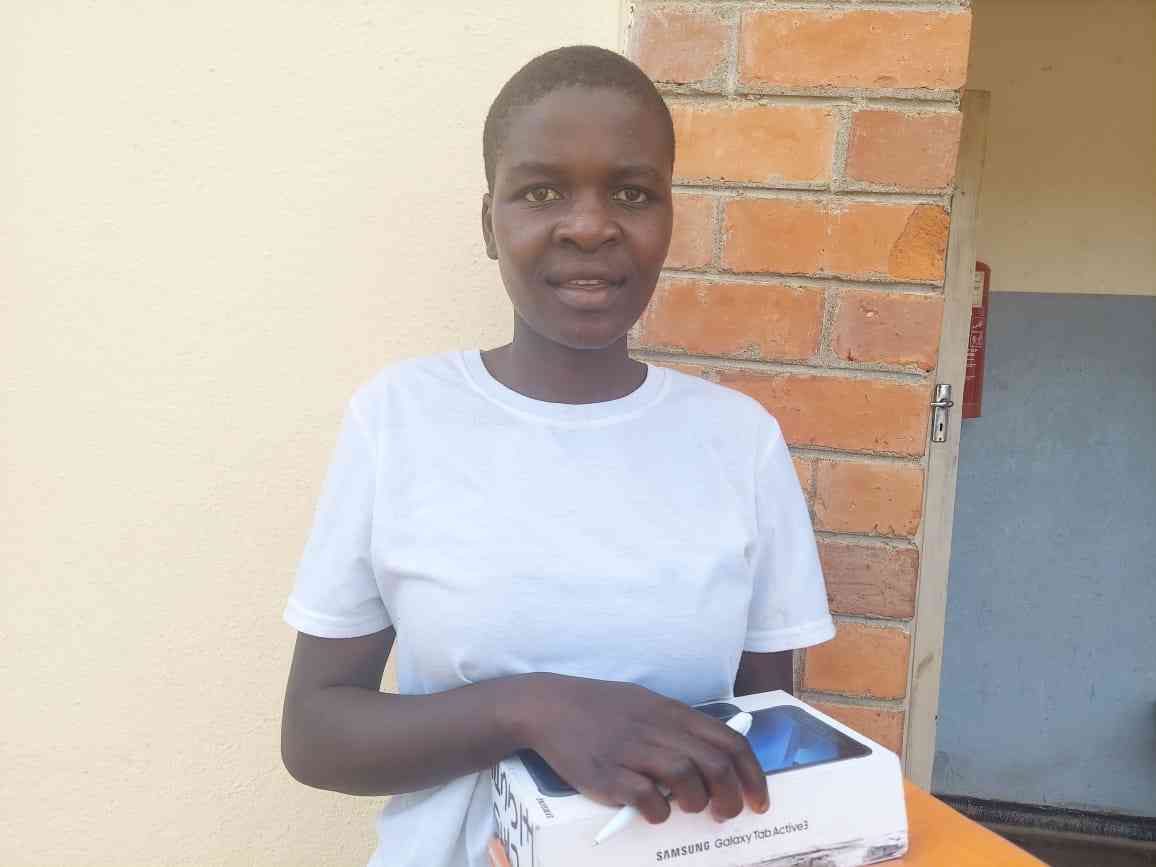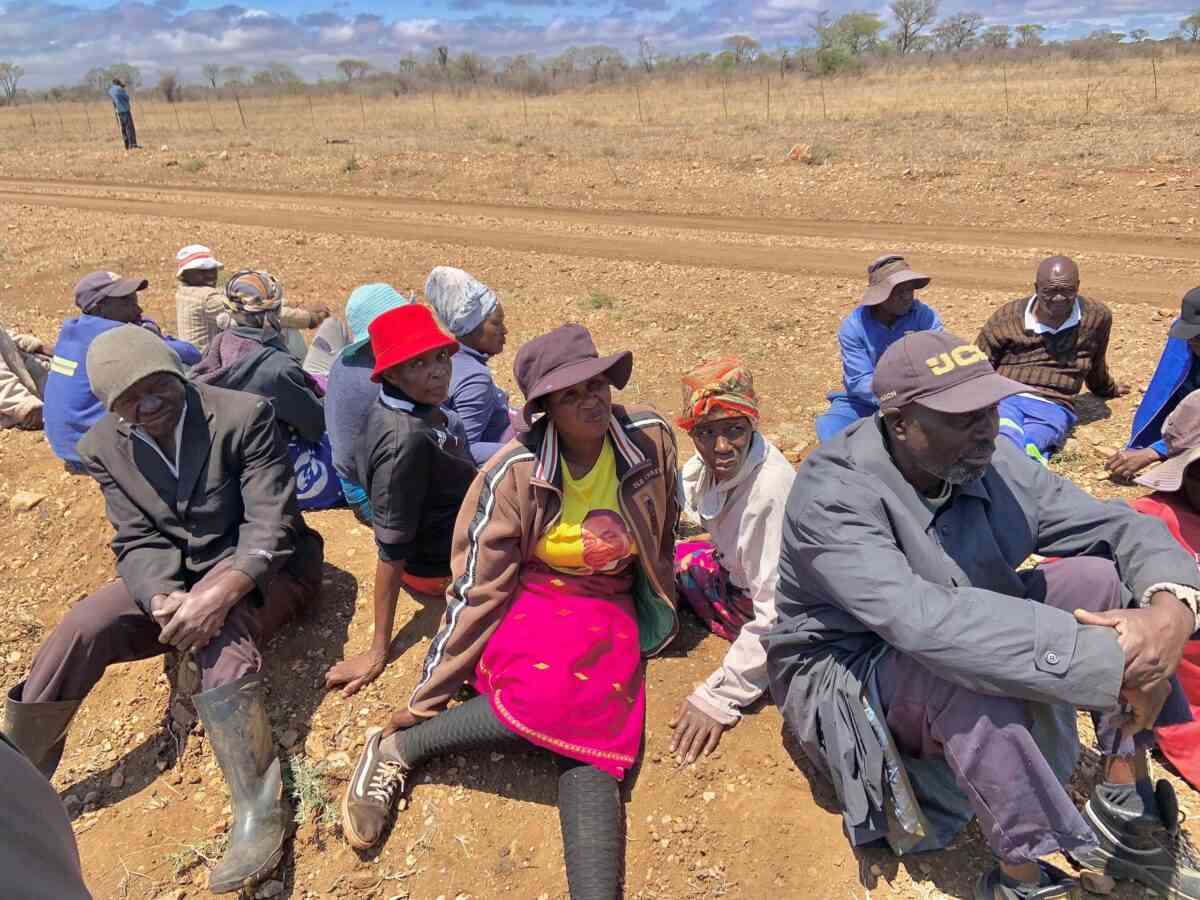
Seventeen-year-old Dzidzai Murimira scrolls through her WhatsApp messages, her face lighting up as she reads a stream of encouraging notes from a group chat titled “Team Positivity.”
Each morning, the group — made up of young people living with HIV in Gutu’s Mutero Mission area — checks in with one another.
They share reminders to take their medication, motivational quotes, and sometimes just heart emojis to keep spirits high.
For Dzidzai, these daily exchanges mean more than digital chatter; they’re a lifeline.
“Before I joined the CATS programme, I felt alone,” she says quietly. “Now, every message reminds me that I belong somewhere — that I matter.”
Dzidzai is one of 25 Community Adolescent Treatment Supporters (CATS) trained by the National Aids Council (NAC) and the Ministry of Health and Child Care to work with peers living with HIV.
The programme, supported by various partners, uses peer mentorship to reach adolescents who often fall through the cracks of the formal health system.
But what has made the Gutu programme stand out is its embrace of mobile technology — specifically, WhatsApp.
In Gutu’s Ward 19, an area that stretches across dusty roads and sparsely connected villages, stigma once cast a long shadow over HIV services.
Many young people were too afraid to collect their antiretroviral therapy (ART) medication, fearing gossip and discrimination.
“We used to have many defaulters,” says Sister Rudo Zambuko, a nurse at Mutero Mission Hospital.
“Some adolescents would disappear for months. The fear of being seen at the clinic was real.”
As mobile phone ownership grew in rural areas — now estimated at over 75% of households, according to the Postal and Telecommunications Regulatory Authority of Zimbabwe (Potraz) 2024 ICT Access Report — health workers and peer supporters began experimenting with WhatsApp to maintain contact with their clients.
“We started with small WhatsApp groups to check in on adolescents on ART,” Sister Zambuko recalls.
“It quickly became clear that these platforms could do more — they could build community.”
Today, WhatsApp groups are used not just for reminders, but for virtual counselling sessions, treatment follow-ups, referral coordination, and even confidential disclosure conversations.
“We used to walk long distances to find someone who missed their clinic visit,” says Tariro Makiwa*, a 19-year-old CATS volunteer.
“Now we can message them, or even call, to find out what’s wrong. Sometimes, that simple contact prevents a treatment interruption.”
Gutu’s CATS programme now operates alongside Community ART Refill Groups (CARGs) — small community clusters where one member collects medication for others.
WhatsApp has become the nerve centre for coordination among these groups.
“We created WhatsApp groups for each CARG,” explains Pasca Mukuwe, NAC’s Gutu district Aids coordinator.
“The group admin, usually a CATS, updates the clinic when someone has collected or missed medication. We get real-time data instead of waiting for monthly reports.”
This innovation, Mukuwe said, has cut down missed ART pickups by nearly 35% in Gutu since 2021.
The model’s success lies in its fusion of human empathy and digital simplicity.
“We are using what people already have — their phones — to make healthcare accessible,” Mukuwe added.
“It’s not expensive technology, but it’s effective because it’s rooted in community trust.”
Fifteen-year-old Rutendo* remembers the first time she met her CATS mentor.
“I didn’t want to go to the clinic because people would gossip,” she said.
“Then my CATS sister came home and told me her story. I realised I wasn’t alone.”
Through regular WhatsApp messages and emotional support, Rutendo began attending clinic visits again.
“She sends me a text every day — ‘Don’t forget your pills!’ — even when she’s far away,” she says, laughing shyly. “That message reminds me that my life is worth fighting for.”
For Dzidzai and other CATS, the role goes far beyond reminders. They offer psychosocial counselling, confidential disclosure guidance, and peer mentoring — often under challenging conditions.
“Some days we walk 10 or 15 kilometres to visit a client,” said Dzidzai.
“Other days, the WhatsApp group keeps us connected when we can’t meet. It’s like a family that never sleeps.”
Technology and innovation specialists have praised the Gutu CATS programme for its forward-thinking use of everyday digital tools in public health.
ICT policy expert Takemore Mazuruse said the initiative reflected “the true potential of mobile health in resource-limited settings.”
“You don’t need sophisticated systems to transform healthcare delivery,” she explains. “The beauty of using WhatsApp is its familiarity and accessibility. It bridges the gap between the formal health system and the community, especially for youth.”
Mazuruse said that mobile health interventions are central to achieving Vision 2030 and UNAIDS’ 95-95-95 targets.
“Digital inclusion is the new frontier in healthcare,” he said. “Simple apps like WhatsApp can support early diagnosis, adherence, and data sharing. When used creatively, they become tools of empowerment.”
However, both experts caution that sustainability will depend on digital literacy, data affordability, and network reliability — areas that require further investment and policy support.
In Gutu, innovation is not driven by luxury, but by necessity. With limited health infrastructure, understaffed clinics, and wide geographic dispersion, digital tools have become the glue holding the HIV response together.
“We have turned mobile phones into mini-clinics,” said Mukuwe. “If a client misses a dose, we know immediately. If someone relocates, we can trace them faster. That’s the power of connectivity.”
CATS volunteers receive periodic training in digital confidentiality, ensuring privacy in online communications.
“We don’t post names or photos,” said Tariro. “Everything is coded and respectful. Trust is the foundation.”
Despite facing challenges like patchy network coverage and high data costs, the sense of purpose among these young change-makers is palpable.
“We are not just volunteers,” said Dzidzai proudly. “We are the heartbeat of our generation — showing that technology and love can heal.”
Buoyed by success in Ward 19, the National Aids Council is expanding the WhatsApp-based CATS and CARG model to other parts of Gutu and neighbouring districts.
Plans include integrating other digital health tools such as SMS reporting dashboards, mobile adherence trackers, and e-learning modules for CATS.
The government has hailed the initiative as a model of excellence in medical innovation — one that blends community wisdom, youth leadership, and digital creativity.
As the afternoon sun fades over Mutero, Dzidzai sends one last message to her group chat: “Remember, your pills are your power. We’re in this together.”
Her phone buzzes instantly — dozens of heart emojis flood the screen.
In a community once silenced by stigma, connection has become the cure.








